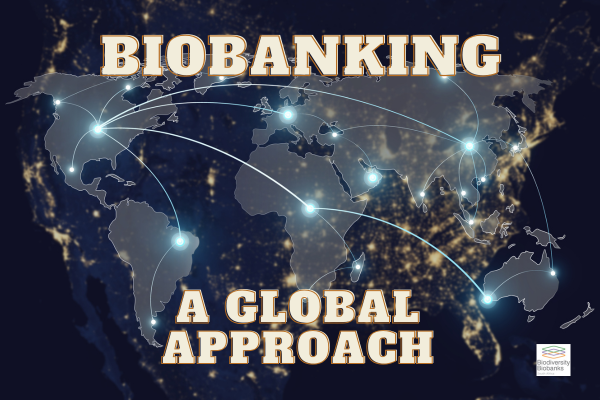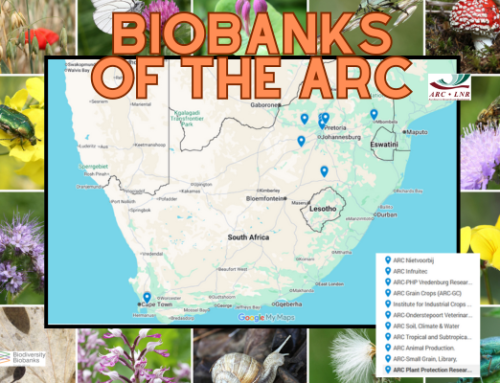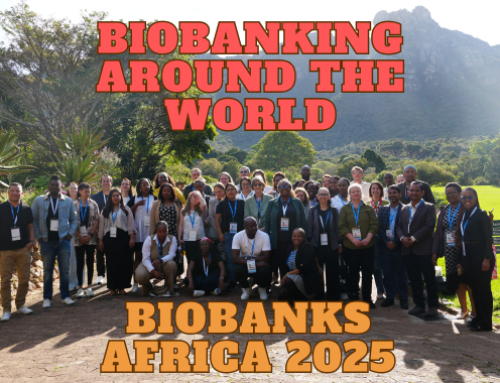Biobanking Around The World: An International Endeavour
Biodiversity biobanking is crucial for conservation—it is the conservation intervention that presents the lowest risk today for the highest potential impact in the future. By storing animal, plant and microbial samples, we ensure future access to genetic diversity and simultaneously aggregate a vast library of biological information that will be available to current and future generations of scientists.
As one of the projects under the South African Research Infrastructure Roadmap (SARIR) of the Department of Science, Technology & Innovation (DSTI), and administered by the South African National Biodiversity Institute (SANBI), the Biodiversity Biobanks South Africa (BBSA) provides a coordinating structure across several of South Africa’s biodiversity biobanks. But some problems are too big for one organization – or even one country – to tackle alone.
As BBSA Director Professor Michelle Hamer has remarked: “In many ways, biobanks should be seen as national assets – as assets that belong to our country, for the good of all of us. But we also need to recognize that we are also part of a global community. By participating in international programmes, we draw attention to our resources and biodiversity. And by sharing our information, we broaden the pool of people who can help us answer critical questions.”
Biobanking contributes to several of the United Nations Sustainable Development Goals, and to the targets of the Convention on Biological Diversity Kunming-Montreal Global Biodiversity Framework. Moreover, the Nagoya Protocol has propelled the topic of biobanking to the forefront of global discussions about conservation. Recognizing the need for greater coordination in this field, IUCN’s 2020 Resolution 079 (WCC-2020-Res-079) specifically calls for the establishment of a collaborative global biobanking network.
Several international institutions and networks focus on biodiversity biobanking, coordinating the preservation of genetic resources from plants, animals, fungi, and other organisms for research, food security, and conservation purposes. These institutions and networks are vital for safeguarding the genetic diversity of life on Earth, providing materials essential for scientific research, and developing solutions for global challenges like food security and climate change.
Some of those international biodiversity biobanking institutions and networks include…

Global Genome Biodiversity Network
The Global Genome Biodiversity Network (GGBN) is an international network of institutions and organisations that share a common interest in long-term preservation of genomic samples of Earth’s biodiversity. One of the principal activities of the GGBN is the management of a globally distributed database of genomic samples linked to voucher specimens – the GGBN Data Portal. Historically, scientists seeking genomic samples for research had no central access point to simplify their search, leading to countless lost opportunities for research, development and conservation due to a lack of access to available biological resources. The GGBN Data Portal addresses this by providing researchers with a one-stop entrance to high-quality, well-documented, legally-obtained DNA and tissue samples that are compliant with access- and benefit-sharing agreements (not least the Nagoya protocol). The GGBN has over 100 institutional and consortium members, representing nearly 40 countries, and hosts genetic sample data from over 4 600 families, 28 000 species and 100 000 species. As a GGBN Member, BBSA biobanks both contribute to and benefit from these records (and more).

Global Biodiversity Information Facility
The Global Biodiversity Information Facility (GBIF) is an international network and data infrastructure funded by the world’s governments and aimed at providing anyone, anywhere, open access to data about all types of life on Earth. Coordinated through its Secretariat in Copenhagen, the GBIF network of participating countries and organizations, working through the participant nodes, provides data-holding institutions around the world with common standards, best practices and open-source tools enabling them to share information about where and when species have been recorded. This knowledge derives from many different kinds of sources, including everything from museum specimens collected in the 18th and 19th century to tissue samples, DNA barcodes and smartphone photos recorded in recent days and weeks. The network draws these diverse data sources together through the use of data standards, including Darwin Core, which forms the basis for the bulk of GBIF.org’s index of hundreds of millions of species occurrence records.
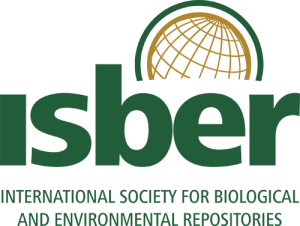
International Society for Biological and Environmental Repositories
The International Society for Biological and Environmental Repositories (ISBER) is a global biobanking organization that creates opportunities for networking, education, and innovation. ISBER provides a community for harmonizing approaches to emerging challenges in repositories, as well as fostering ideas to create new solutions. Key elements of ISBER’s activities include: creating educational and training opportunities; providing a forum for the dissemination of state-of-the-art policies, processes, and research findings; and showcasing innovative technologies, products, and services. As a member of ISBER, the Biodiversity Biobanks South Africa can help researchers around the world access South Africa’s vast biodiversity resources – and help find answers to some of our most critical questions, from food security to conservation (and more).

World Federation for Culture Collections
The World Federation for Culture Collections (WFCC) is the main international body that coordinates the activities of microbial culture collections around the world. A multidisciplinary commission of the International Union of Biological Sciences (IUBS) and a federation within the International Union of Microbiological Societies (IUMS), the WFCC is concerned with the collection, authentication, maintenance and distribution of cultures of microorganisms and cultured cells. Its aim is to promote and support the establishment of culture collections and related services, to set up an information network between the collections and their users, to organise workshops, conferences and publications, and to help ensure the long term sustainability of important collections. Their activities include lobbying for support for collections, preventing the loss of collections, promoting the use of collections, and coordinating international regulations relating to the shipping and use of biological materials. There are over 2.4 million cultures and 676 culture collections under the purview of the WFCC.

IUCN Animal Biobanking for Conservation Specialist Group (ABC SG)
The Animal Biobanking for Conservation Specialist Group (ABC SG) of the International Union for Conservation of Nature (IUCN) was established in 2022 with a mission to create a global network for sharing information and expertise to establish facilities that cryopreserve viable animal cells and tissues. The ABC SG promotes cooperation amongst the world’s biobanks, notably those with a focus on biodiversity characterization and conservation; fostering a culture of transparency around the existence, quantity, and location of banked samples is essential for the effective management of collections. The Group encourages the conservation community—ranging from individuals to institutions—to consider incorporating sample collection for the purpose of biobanking into their efforts, and to do so with collaboration and inclusion in mind. Many of the members of the BBSA Community form part of the Specialist Group, including staff at the SANBI Wildlife Biobank.
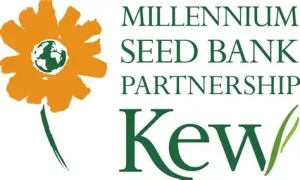
Millennium Seed Bank Partnership
The Millennium Seed Bank Partnership (MSBP) is a global initiative focused on conserving plant biodiversity by collecting and banking seeds from wild plant species, collaborating with partners across nearly 100 countries – including South Africa’s SANBI Wild Plant Seedbank. A global partnership coordinated by the Royal Botanic Gardens, Kew, the MSBP links seed banks around the world in an effort to preserve endangered species, promote habitat restoration and help address issues which threaten human wellbeing. The Project’s focus is on plant life faced with the threat of extinction and plants of most use for the future, targeting plants and regions most at risk from the ever-increasing impact of human activities, including climate change. The seeds saved are conserved in seed banks as an insurance against the risk of extinction in their native habitat. Over 25 years of partnership, MBSP South Africa has banked hundreds of thousands of South African seeds, shared knowledge of plant conservation with local communities, and even rediscovered plant species previously thought extinct.
Did you know? The BBSA helped organise the Joint Biobanking Conference 2025 — the very first joint conference between the Global Genome Biodiversity Network (GGBN) and the International Society for Biological and Environmental Repositories (ISBER). Find out more about that here.

What are biodiversity biobanks?
Biodiversity biobanks are repositories of biologically relevant resources, including reproductive tissues such as seeds, eggs and sperm, other tissues including blood, DNA extracts, microbial cultures (active and dormant), and environmental samples containing biological communities….

